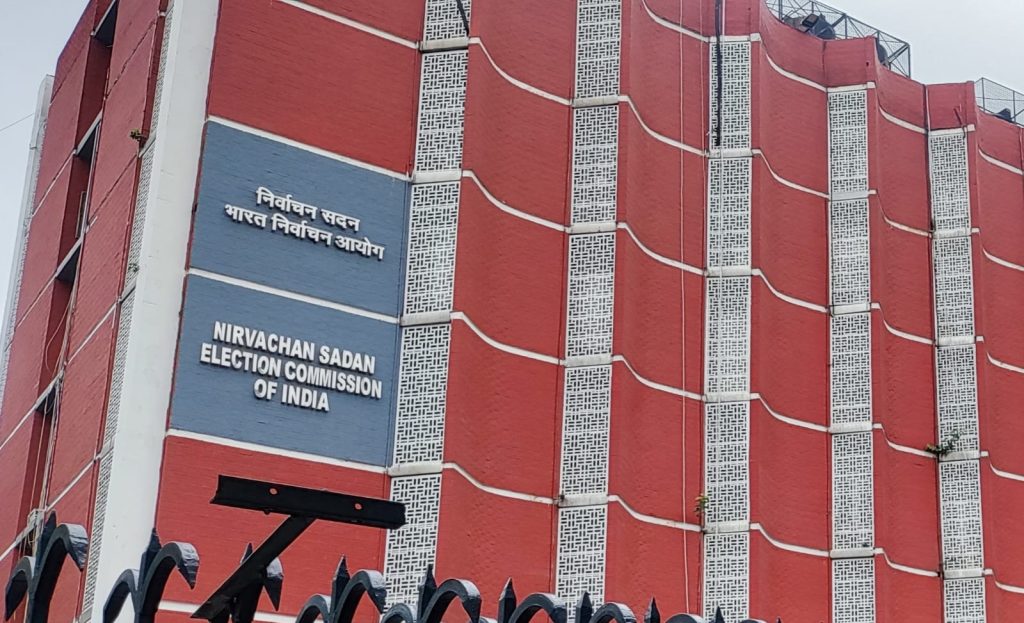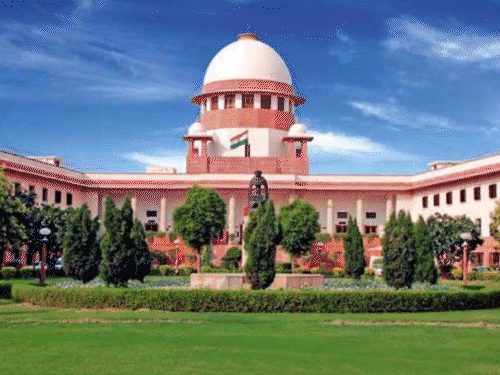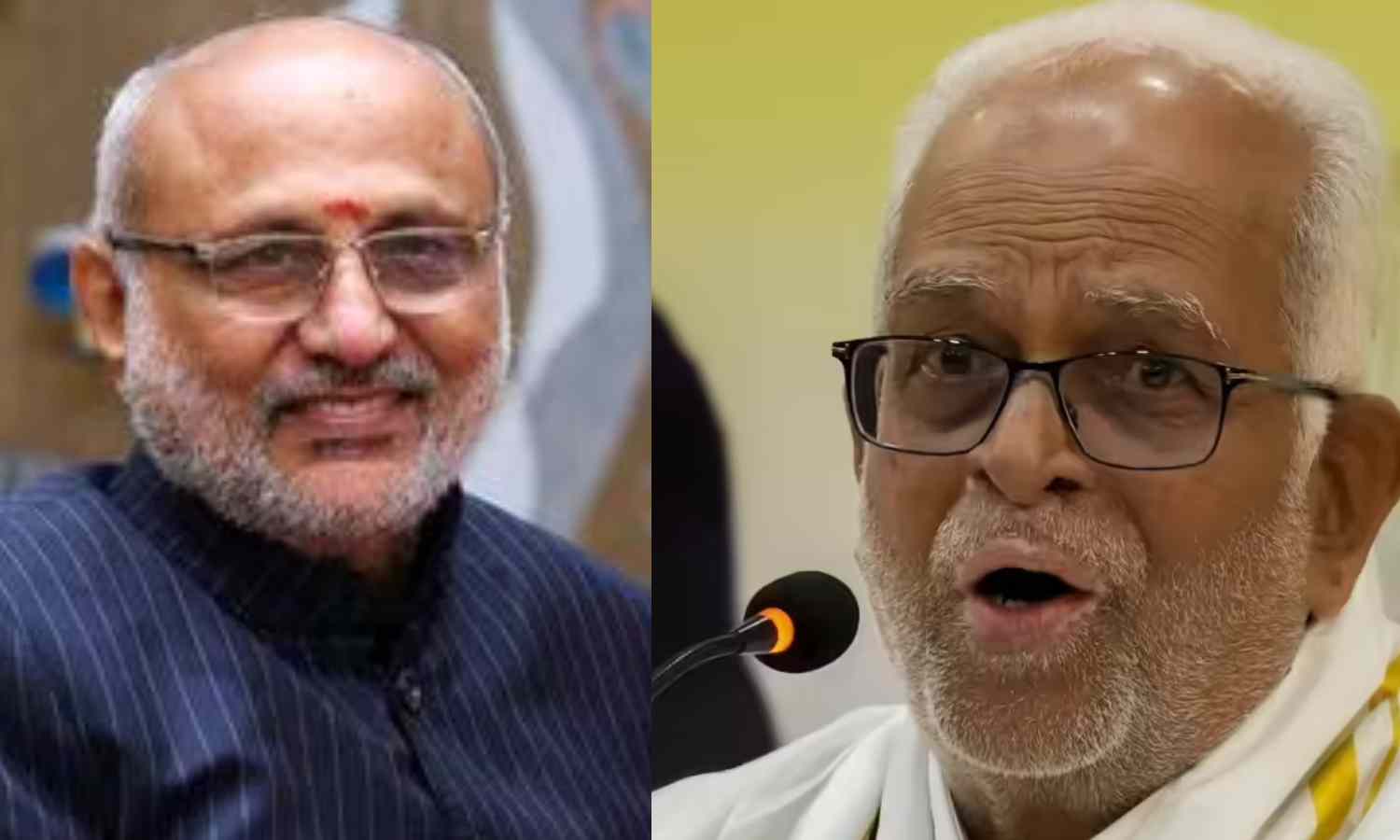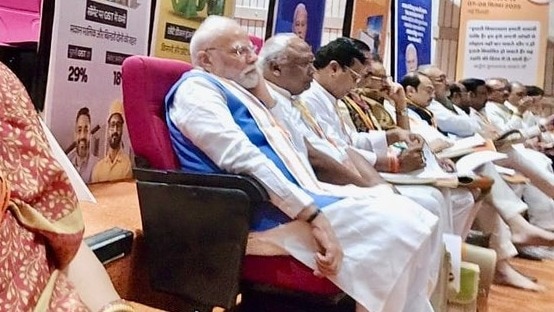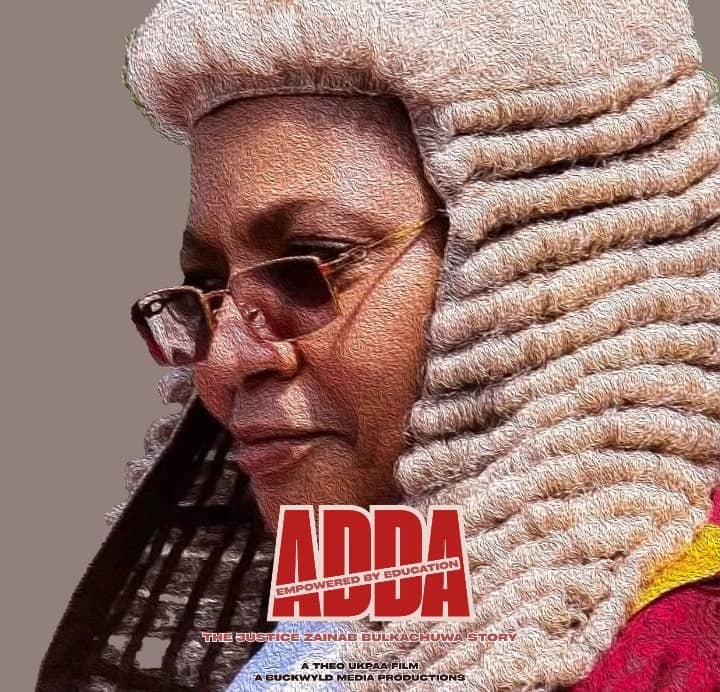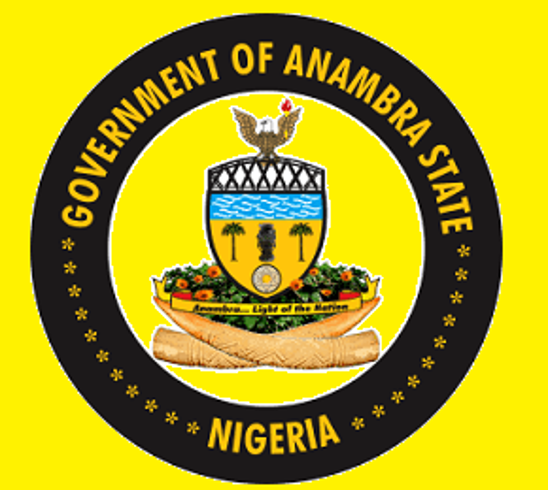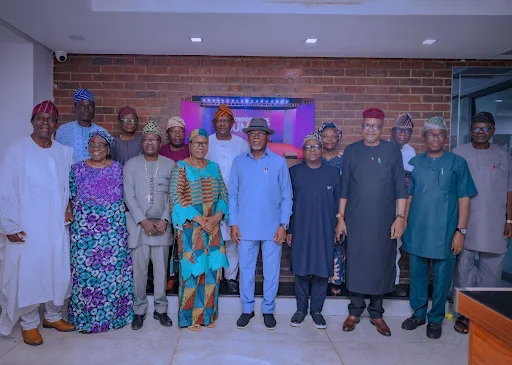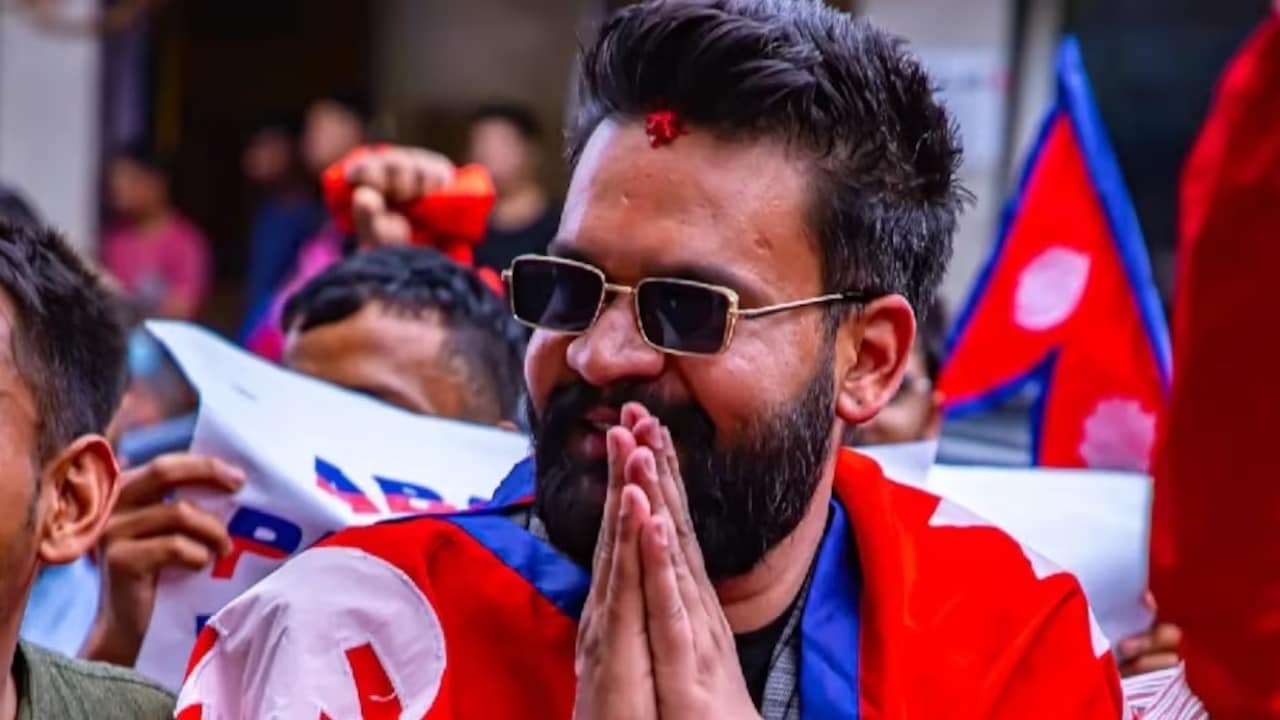“On completion of the preparatory activities, the announcement of the election schedule to the office of the Vice-President of India will follow as soon as possible,” the EC said. Dhankhar stepped down as Vice-President on Monday, citing health reasons. His term was to end on August 10, 2027.
The Union Home Ministry on Tuesday formally notified the resignation of Dhankhar from the office of the Vice-President. According to Clause 2 of Article 68 of the Constitution, an election to fill a vacancy in the office of the Vice-President occurring due to his death, resignation or removal, or otherwise, will be held “as soon as possible” after it goes vacant. The person elected to fill the vacancy will be entitled to hold office “for the full term of five years from the date on which he enters upon his office.”
From the day the notification is issued, “calling the electoral college to vote”, and till the day of the poll, a period of 30 days is stipulated. A person cannot be elected as the Vice-President unless he is a citizen of India, has completed 35 years of age and is qualified for election as a member of the Rajya Sabha. A person is also not eligible if he holds any office of profit under the Government of India or a State Government or any subordinate local authority.
The ruling NDA has a comfortable edge in the Vice-Presidential elections. The Vice-President is elected by the members of Lok Sabha and Rajya Sabha, where nominated members of the Upper House are also eligible to cast their vote. The 543-member Lok Sabha has one vacant seat — Basirhat in West Bengal — while there are five vacancies in the 245-member Rajya Sabha. Of the five vacancies in the Rajya Sabha, four are from Jammu and Kashmir, and one from Punjab.
The seat from Punjab was vacated after AAP leader Sanjeev Arora quit following his election to the State Assembly in a by-poll last month. The effective strength of both the Houses together is 786, and the winning candidate will require 394 votes, considering that all eligible voters exercise their franchise. In the Lok Sabha, the BJP-led NDA enjoys the support of 293 of the 542 members. The ruling alliance has the support of 129 members in the Rajya Sabha, assuming that the nominated members vote in support of the NDA nominee, which has an effective strength of 240. The ruling alliance has the support of 422 members.


